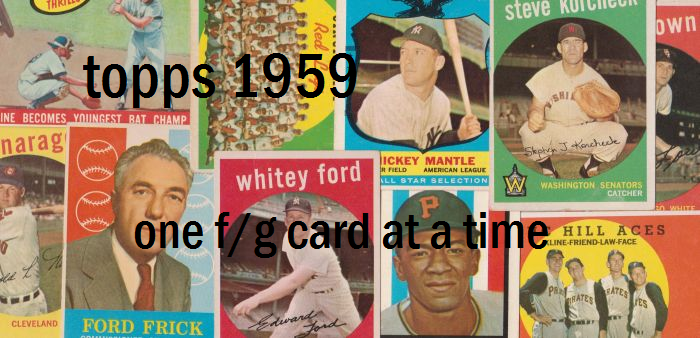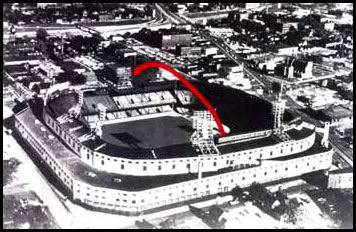If you are like me and know little to nothing about Bob Thurman you are missing out on one of the more interesting players included in this set. Coming out of the military in 1945 Thurman spent four seasons with the Homestead Grays and the Kansas City Monarchs, pitching and playing outfield alongside the future Hall of Famers Satchel Paige, Cool Papa Bell, Buck Leonard, Buck O'Neil and Josh Gibson. He attracted the eye of Yankee scouts who signed him in 1949 thinking he was 26 years old. Thurman is quoted in his SABR bio in regards to his true age:
"Many Baseball clubs like to put players ages back a few years. Mine was put back several times, so much so, that I always use the baseball age. Even when I joined the pension, I didn't think of [using] my correct age. So my real [birth date] is May 14, 1917."
Meanwhile Thurman had played in the Winter League in Puerto Rico and became a star on the island. He was sold by the Yankees to Cubs and he eventually landed with San Francisco of the PCL. In 1953 he signed with a start-up league in Puerto Rico and was banned from organized ball in the US. You can see the 'suspended' notation on the back of his Topps card.
After two years in MLB 'limbo' he was reinstated and joined the Cincinnati Reds for the 1955 season. He displayed power as a part time outfielder and pinch hitter in four years with the Reds but had only a few pinch hitting appearances in 1959 before returning to the minors. He retired after the 1961 season and began a new career as a scout working for the Twins, Reds, Royals and the Major League Scouting Bureau. He died in 1998 of Alzheimer's at the age of 81.
My humble little recap just can't do justice to the career of this special player. You'll need to read his SABR bio to appreciate him. Thurman is a member of the Puerto Rico Baseball Hall of Fame.













.jpg)

























